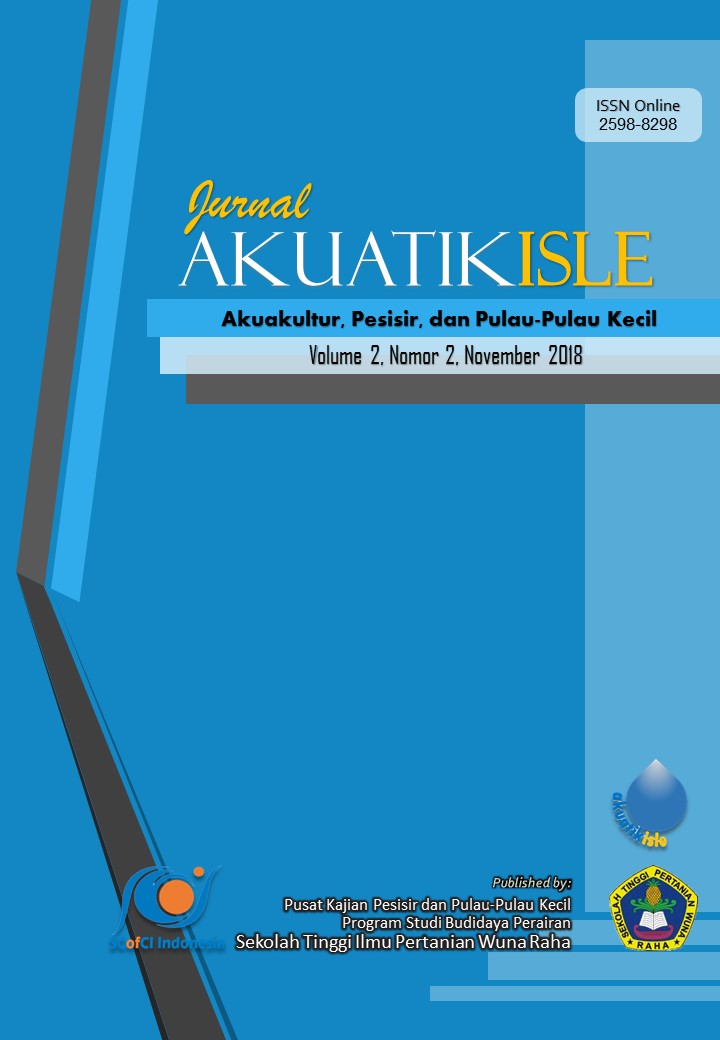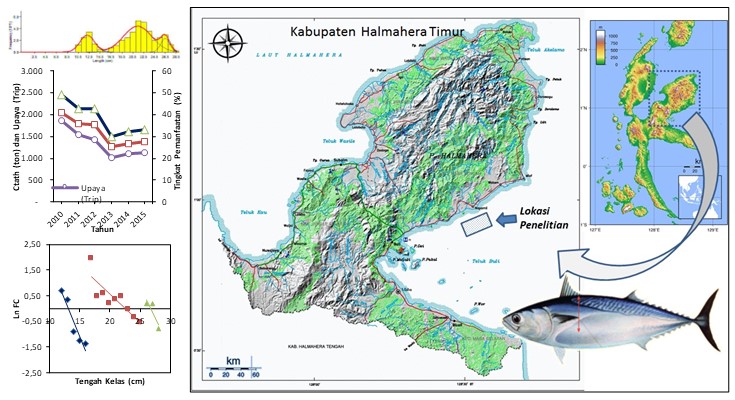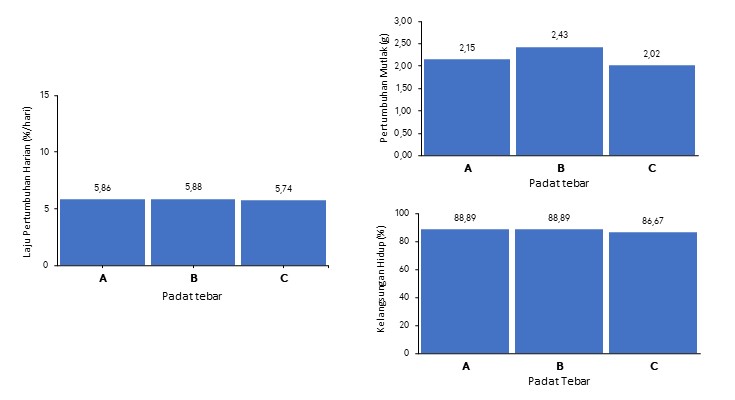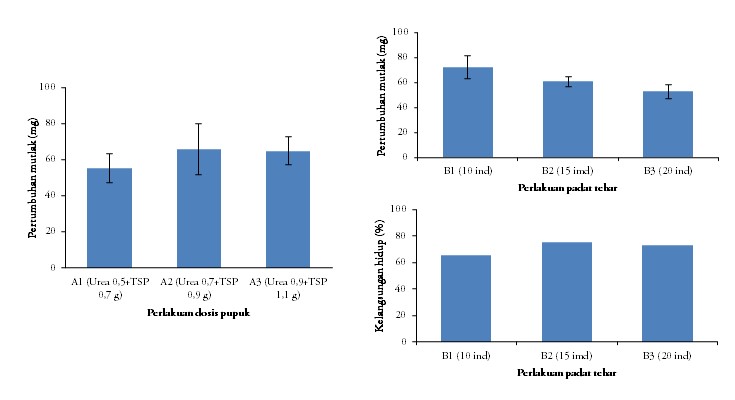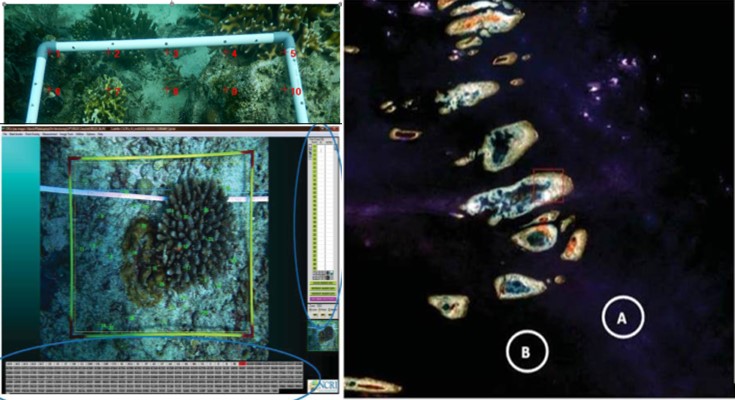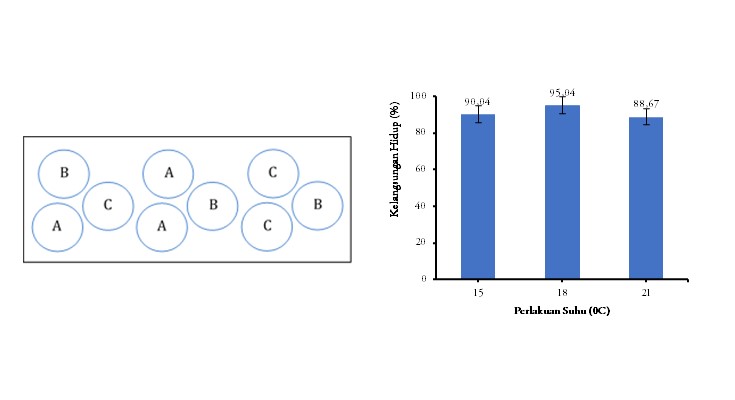Retracted: Analysis of production affecting factors milkfish (Chanos chanos) in Muna Regency
Following a rigorous, carefully concerns and considered review of the article published in Akuatikisle: Jurnal Akuakultur, Pesisir dan Pulau-Pulau Kecil to article entitled “Analysis of production affecting factors milkfish (Chanos chanos) in Muna Regency” Vol 2, No 2, pp. 49-51, November 2018, DOI: https://doi.org/10.29239/j.akuatikisle.2.2.49-51. The article contained redundant material, the editor investigated and found that the paper double published in Buletin Penelitian Sosial Ekonomi Pertanian Fakultas Pertanian Universitas Haluoleo, Vol. 21, No. 2, pp. 75-78, November 2019. DOI: http://dx.doi.org/10.33772/bpsosek.v21i2.7751
The document and its content has been removed from Akuatikisle: Jurnal Akuakultur, Pesisir dan Pulau-Pulau Kecil and reasonable effort should be made to remove all references to this article
- La SinainiLaSinaini
- Mulyati AziMulyatiAzi

